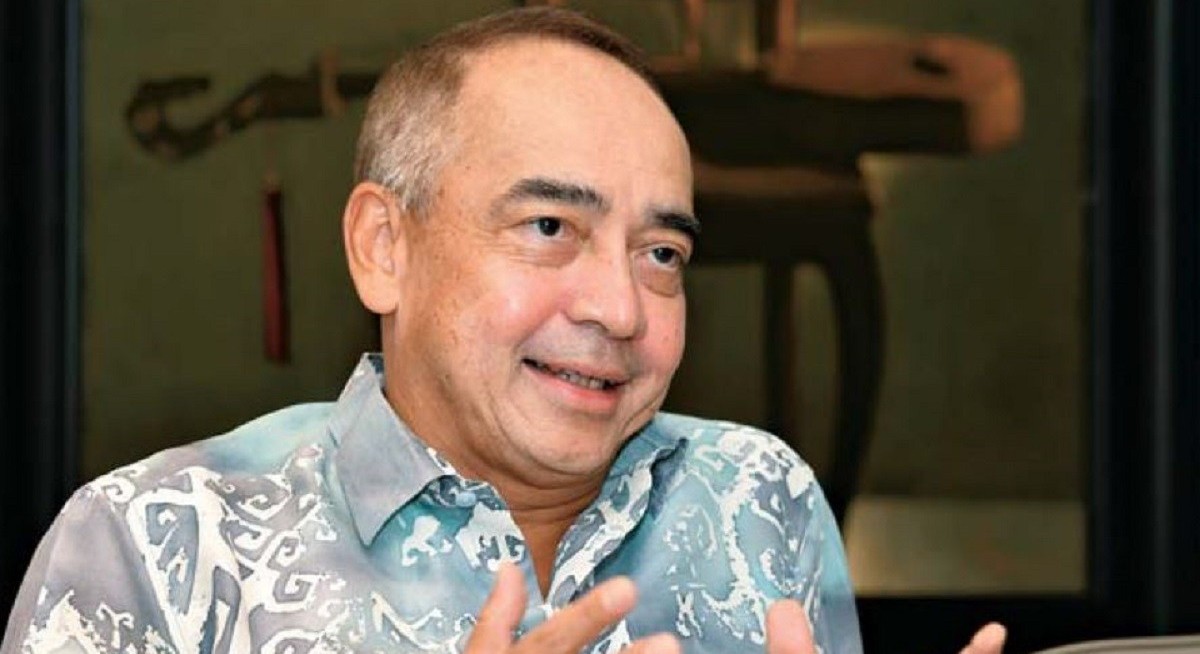Under Malaysia’s chairmanship of Asean-BAC, Nazir has sought to reposition the council as a facilitator rather than just an advocate. He points to examples such as Sime Darby Property’s collaboration in logistics with Singapore’s YCH Group, and a Malaysian company expanding Musang King durian cultivation in the Philippines — both projects in which Asean-BAC played a role.
This year, ABIS 2025 will introduce an app modelled after forums like the World Economic Forum at Davos and the Milken Institute Asia Summit, allowing participants to pre-arrange meetings and use MITEC’s convention halls for structured deal-making. “For the first time, participants will have access to an app where they can pre-organise their schedules. That’s an important new dimension to ABIS,” Nazir says.
Small steps, not grand gestures
The pragmatic tilt extends to financial market reform, where Nazir has long resisted what he calls overreach. “I have gone past those days when we talked about a single stock exchange. I also think the whole trading link idea did not deliver real value,” he says.
See also: Marcos’s sister backs VP Duterte as leader amid graft scandal
Recall that the Asean Trading Link (ATL), initially planned to connect seven exchanges, only got three — Bursa Malaysia, the Singapore Exchange (SGX) and the Stock Exchange of Thailand (SET) — linked in 2012. The ATL was shut down in 2017.
Instead, Nazir is pushing for an Asean initial public offering (IPO) prospectus, a harmonised disclosure standard that would allow companies listing in one market to tap investors across the region.
“Companies going public will have a wider pool of capital to tap for their IPOs. And that’s just a good thing. It was very difficult, but it is now moving forward,” he says.
See also: Thailand bond sale demand slides to lowest in at least six years
For Nazir, progress lies in what he calls “small tangible steps” rather than sweeping integration schemes that stumble on sovereignty concerns. “If you overreach, like how we wanted a single stock exchange, it won’t work. The best thing to do when you want to move Asean forward is focus on small steps.”
Fixing everyday barriers
That pragmatism is also visible in how he views market fragmentation. Despite years of Asean rhetoric about a single production base, Nazir says businesses still struggle with non-tariff barriers, regulatory hurdles and inefficiencies that sap competitiveness.
He cites examples as basic as movie distribution — a Malaysian production he had backed was screened in Cambodia but blocked in Indonesia — and as significant as halal certification. “People say Asean will be a great halal market, but there’s no halal standardisation within Asean,” he laments.
Banking provides another example. When CIMB Group Holdings expanded regionally, recalls Nazir — who served as CEO and later chairman of the group — it ended up operating as a “multi-local bank” rather than a true regional player because rules kept operations siloed.
“Asean banks today are not really regional banks. They’re all multi-local banks. That creates a lot of inefficiencies,” he argues. One solution he champions is the Asean Business Entity (ABE), a concept that would allow freer movement of capital and skilled labour within corporate groups. “If we are able to do that, then I can develop my supply chains across Asean. Automatically it will increase trade because I will locate in the most efficient place,” Nazir says.
Filling the capital gap
To stay ahead of Singapore and the region’s corporate and economic trends, click here for Latest Section
Nazir also wants Asean to confront what he sees as a severe underdevelopment of private markets, specifically venture capital and private equity. A report commissioned by Asean-BAC and prepared by McKinsey found that private markets in the region amount to just 0.5% of gross domestic product, compared with about 1.5% in comparable economies. The shortfall equates to roughly US$60 billion ($77.3 billion) in untapped capital.
“Private markets are powerful because you’re supporting entrepreneurs and innovation, unlike public markets where you’re generally supporting mature companies,” he says. Asean-BAC will respond by launching a Private Markets Council to galvanise policy support and capital mobilisation.
These initiatives will form the backdrop to ABIS 2025, which will be held on Oct 25 and 26 alongside the Asean Summit. Themed “Unifying Markets for Shared Prosperity”, the two-day programme will gather more than 1,500 delegates, including regional leaders, corporate chiefs and figures such as former US ambassador Jon Huntsman Jr and Temasek CEO Dilhan Pillay.
Sessions will cover topics ranging from geopolitics and financial integration to energy transition, artificial intelligence and the creative economy. Nazir insists the curation has been deliberate. “We’re actually putting people on the panel because they are people that the audience want to hear from,” he says.
Beyond the panels, he hopes the sidelines — where investors, entrepreneurs and policymakers meet behind closed doors — will deliver the most meaningful outcomes. “In the end, I would like the world to see how much can be done in Asean, and for potential business deals to result from the platforms we’ve created,” he adds.
Continuity beyond Malaysia
ABIS 2025 will also mark the close of Malaysia’s chairmanship, with the baton passing to the Philippines. Nazir hopes his successor will carry forward key initiatives like the Asean Business Entity and the IPO prospectus. “One of the concerns about this platform is that the chairmanship is too dominant. So I need to make sure that my successor buys into these ideas,” he says.
In the end, Nazir frames Asean’s challenge not as a lack of vision but as a gap between rhetoric and execution. His bet is that by turning ABIS from a talking shop into a marketplace, the region can chip away at fragmentation and capital shortfalls step by step. “Asean is obviously a great place to do business, but in the new order, Asean should recognise the need to do more.”




